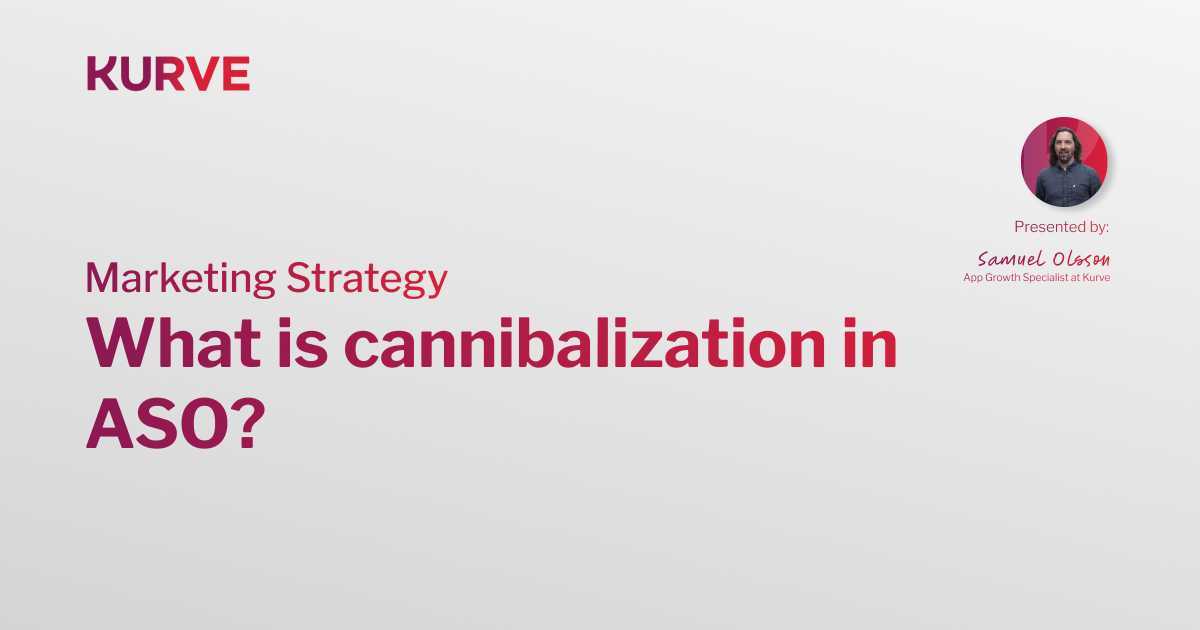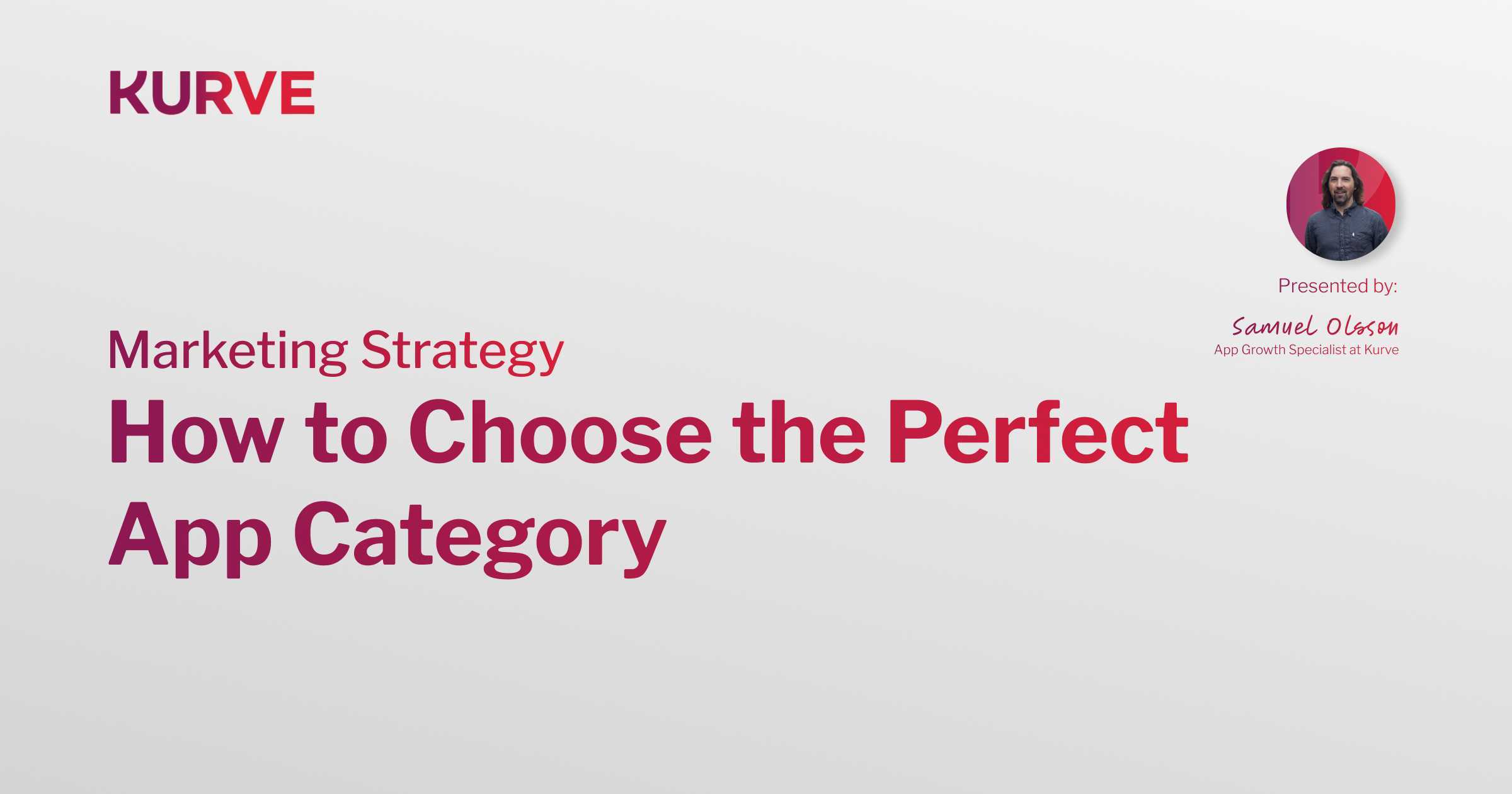Marketing Funnel vs. Customer Journey
Marketing funnels and customer journeys are both indispensable frameworks that provide actionable insight into where and how to focus your energy for the greatest marketing ROI.
However, strategies should never be implemented without a key understanding of context. Let's clear up the main confusion about marketing funnels and customer journeys:
- No, they are not different names for the same thing
- No, they are not mutually exclusive
- Yes, they are best utilised when adopted as a package
In this post, we will break down the two concepts in terms of how they relate to digital channels. We'll also analyze how they can be interwoven to create an effective basis for a marketing strategy.
| Table of Contents |
The Marketing Funnel

The marketing funnel is a simple visualization of the sales process. It splits up the phases of converting browsing eyes into customers, from awareness to your final objective - customer action and purchase. It comprises of the following elements:
- TOP OF FUNNEL (TOFU): This is where you capture attention and introduce your brand to a broad audience. These are potential customers realizing they have a problem or need. Utilizes social media content, blog posts, and search engine optimization (SEO) to build brand awareness and attract a large audience. It is measured by website traffic, social media engagement, and brand mentions.
- MIDDLE OF FUNNEL (MOFU): Here, you nurture leads who know your brand and solution. These are the people actively researching options and comparing features. Its examples are downloadable guides, webinars, and free trials to educate and engage potential customers. It is measured by lead generation rate, content downloads, and webinar registrations.
- BOTTOM OF FUNNEL (BOFU): The final stage of the customer buying process focuses on driving conversions. Leads are ready to buy, and you must convince them to choose you. Examples are crafting compelling product demos, case studies, and targeted email campaigns that showcase the value proposition and nudge leads toward conversion. It is measured by conversion rate, customer acquisition cost (CAC), and average order value (AOV).
Another question that is often asked is: why is it funnel-shaped? The answer to this has two components.
- Marketers aim to catch far more than they can convert. As these potential customers move through the funnel, many drop off, narrowing down the number of those converted by the time the lower end of the funnel is reached. That's why casting the net wide in the initial stages is necessary.
- More resources are needed at the top than are required at the bottom. Why? Because generating leads is hard to do effectively. As HubSpot’s 2018 Marketing Statistics show, 65% of businesses say generating traffic and leads is the biggest marketing challenge.
Until recently, marketers and vegetarians have had at least one thing in common - TOFU was their main focus. However, the structure of this funneled approach is changing
For example, let’s take into account influencer marketing. This is the awareness phase, yes? Not always. As Danielle Wiley writes for Forbes, influencer marketing has a role in the funnel beyond awareness. With the help of the right ambassadors, the interest and action phases can be entered directly. Why? Influencers have influence, and this immediate trust can be used to direct an action.
As such, the customer journey mapping must be reimagined. You’re no longer pushing people through a narrow pipeline. Instead, each phase of the funnel must be nurtured in the context of the audience, your marketing channels, and your goals. Arguably, this is where the complementary use of a customer journey comes into play.
What is a Customer Journey?
As Daniel Newman explains in Entrepreneur, we live in the age of the customer. A customer journey map is a visualization framework designed to highlight a customer’s experience. It encompasses their first pain point, to contact with your brand, then sale, and further beyond.
This map shows every marketing channel, highlighting how prospects engage with your brand. There are many ways to construct the map, depending on how you need to monitor the journey. The key aim is to visualize every section of the journey to spot need-states, barriers, worries, questions, and motivations throughout.
Touch points can be marked in the context of the funnel stages, as seen in the illustration below:

Source: Wikimedia
This is a very simple version of a customer journey map, and they can take various formats.
You can see that a vital element of this journey is the path to customer retention and advocacy. This takes the customer through to becoming an energy that loops back into awareness, consideration, and purchase. Modern customer journeys are compartmentalized, but they are not linear.
Marketing Funnel vs Customer Journey: Key Differences

While they might seem interchangeable at first glance, there are crucial differences between the marketing funnel and the customer journey. Here are the biggest differentiators.
1. Definition and Focus
The marketing funnel adopts a business-centric approach. It visualizes a potential customer's ideal path, from initial brand awareness to conversion. (Think of it as a funnel narrowing at the bottom).
The customer's journey flips the perspective. It maps out the entire buyer journey a customer has with your brand: pre-purchase awareness, consideration, purchase, post-purchase use, and even advocacy.
2. Structure and Stages
The marketing funnel follows a linear structure with well-defined stages: awareness, consideration, and conversion.
Customer journey maps tend to be more fluid and cyclical. Customers might revisit earlier stages, like researching alternatives, even after making a purchase. They might also become loyal advocates, influencing others and looping back into the awareness stage.
3. Purpose and Perspective
The marketing funnel is a blueprint for guiding potential customers toward a desired outcome – conversion. Its marketing efforts focus on influencing customer behavior and moving them through the funnel.
The customer journey prioritizes understanding the customer's perspective. It aims to identify touchpoints, pain points, and opportunities to enhance the customer experience.
4. Metrics and Measurement
Measuring the success of a marketing funnel revolves around conversion rates, CAC, and AOV. These metrics quantify how effectively you're converting leads into paying customers.
With the customer journey, the focus expands beyond conversions. Customer satisfaction scores, net promoter scores, and social media sentiment analysis paint a broader picture of how customers perceive and interact with your brand.
5. Integration and Alignment
While distinct, the marketing funnel and customer journey aren't isolated concepts. They work best when aligned. Data gleaned from the entire customer journey can inform your marketing funnel strategy.
For instance, understanding customer pain points at specific stages allows you to tailor your messaging and content to address them effectively. Likewise, optimizing the marketing funnel to address customer needs at each stage enhances the customer journey, fostering customer loyalty and advocacy.
How Do They Work Together?
The marketing funnel and customer journey enrich each other to provide a better and more wholesome view of the customer. The structure of your visualizations depends on your own preference, and there are plenty of templates on the web to use.
One option is to adopt the “Marketing Hourglass” – a synthesis of the funnel and journey. Like an hourglass, it will be constantly turned over, one side flowing into the other. It’s not linear, nor is it circular.
In Conclusion
The creation of a customer journey map is essential. Most marketers will use a variant of the marketing funnel structure as a basic ingredient.
To map touch points in the context of the buyer stage is a must-do, but it is important not to be reductionist or generic. While separation and categorization are always helpful, it pays to be as specific as possible. This is where adopting a more detailed funnel comes into play, forming part of an in-depth customer journey map.
The key is to uncover pain points, need states, and emotions. The marketing funnel will provide basic pointers for structure and a frame of reference, but you must delve much deeper to build an effective marketing machine.
Let us know how Kurve can help you build a robust customer journey map for your business. You can also check out our blog for updated trends and insights for a App marketing funnel that converts audiences into loyal customers.


